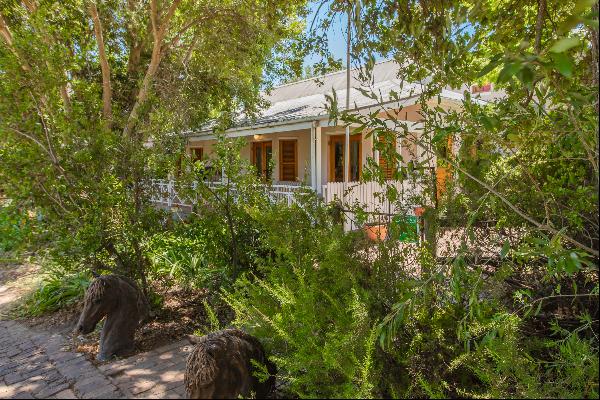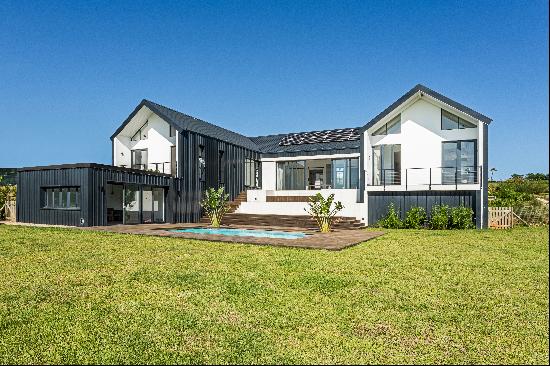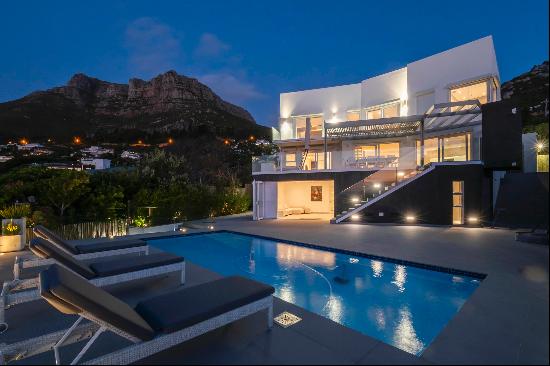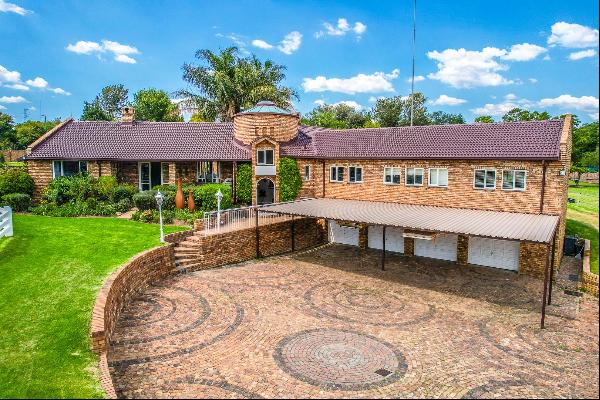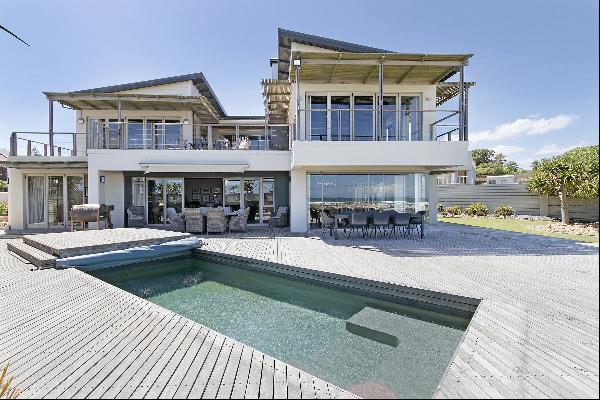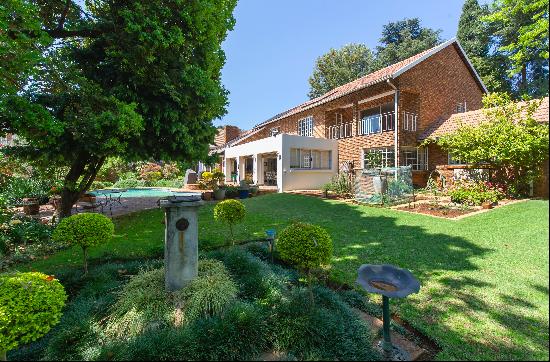
By Kate Youde
When Lisa Bergovoy attended a week-long writing course at a house in the Western Cape town of Muizenberg in South Africa she not only found creative inspiration, but also a new home.
The retired US aerospace engineer fell in love with the Art Deco property hosting the course in 2017. The following year she bought it. “It’s impressive from the outside but the inside is 10 times more impressive,” she says. “You actually have to see it to understand the awe that it inspires.”
On the market once more, for R7.8m ($558,000), there is plenty of character to the protected four-bedroom home including — as promised by the agent’s listing — a “surprise detail” or two.

Built in 1938 for two British women who admired an Art Deco house during a visit to Los Angeles and commissioned a local architect to create something similar in South Africa, the property retains its original features. There is oak parquet flooring, a curved teak banister with curly wrought iron balustrades, leaded glass and a “Downton Abbey-like” bell system for summoning staff, as well as arched doorways, fireplaces, light fittings, bathroom tiles and mirrors.
Then there are the less obvious details such as the dining room’s two built-in mirrored cupboards for storing crystal and a wine cupboard with downward-slanting shelves for storing bottles, which proved handy recently. “South Africa banned alcohol [sales] for a long time during Covid,” says Bergovoy. “I had tons.”

The striking hall has unusual multicoloured plaster and three integrated picture frames. “There are screws to get the glass out so you can change the picture, but the frame is built in [to the wall],” says Bergovoy, who grew up surrounded by Art Deco architecture in Miami Beach but has lived in South Africa for 14 years. She says she feels like the “caretaker” of the house, which she says many visitors liken to an Art Deco museum. The place is graded IIIA by Heritage Western Cape for its “high heritage” significance.
One of her favourite places is the yellow-walled sunroom, thanks to its curved windows offering “incredible views” across the Sandvlei estuary to the Muizenberg mountains. The property, which has a self-contained, one-bedroom flat in the garden converted from former staff accommodation, is a five-minute walk from the beach at False Bay, a popular surf spot.

Since she does not cook, the one place Bergovoy spends little time in is the kitchen. The room retains its original Easiwork cherrywood cabinets, imported from England, and these contain the surprise detail. Several of the doors have original dinner menus attached to them and there is a cookbook holder plus space for the householder to write the telephone numbers of tradespeople such as the butcher and fishmonger.

Such aids have not tempted Bergovoy into the kitchen, however, and she is selling to move to Cape Town’s City Bowl area and its diverse restaurant scene.
Whether the new owner makes more use of the kitchen remains to be seen, but perhaps they will be a writer; the course that Bergovoy took is still run from the house. “I should get a little video camera,” she says. “When people come over for the first time the jaw drops, their eyes go up. ‘Wow’ is pretty much the first word of everybody that comes in.”
Photography: Christie's International Real Estate




